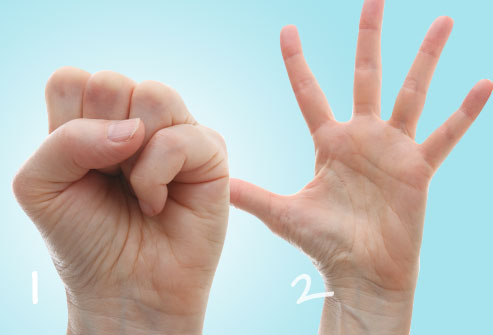Your joints can make different sounds, including creaking, cracking, popping, snapping, and grinding noises. Some people crack their knuckles whenever they are nervous, but others do it because the sensation brings relief. Knees, knuckles, back, ankles, and neck are the most common joints that crack. Many people are of the view that you may develop arthritis and other conditions if you crack your knuckles regularly. Is it true?Can it make your arthritis worse? Keep reading to find out more about it.
Does Cracking Your Knuckles Cause Arthritis?
No, cracking your knuckles does not cause arthritis; it usually has no harmful or beneficial effect on your joints. Joint cracking is usually the outcome of a negative pressure pulling nitrogen gas into your joint. You may also notice cracking sounds when tendons snap over tissues, which usually happens when your muscle mass change with age.
While it is true that knuckle cracking is not directly related to arthritis, you may still want to let go of this habit for many other reasons. If you crack your knuckles too often for a long time, you may end up developing swollen hands with reduced grip strength.

Where do the Cracking Sounds Come From?
Does cracking your knuckles cause arthritis? You can understand the answer better if you get an idea of exactly why you hear that cracking sound. You hear the sound when you stretch your fingers and expand the joint, which in turn reduces pressure between the joint and the ligaments that connect your joint with the bone. There are different gasses like nitrogen, carbon dioxide, and oxygen dissolved in the synovial fluid. These gases form little bubbles that cover the empty spaces caused due to depressurization. Those bubbles pop as the joint settles back into place and you hear a cracking sound.
It feels good to hear that cracking sound because you stimulate nerve endings present along the fingers when you stretch the joint. However, you cannot crack your fingers more than once in 15-30 minutes. That is mainly because those gasses take that much of time to dissolve back into the synovial fluid.
Do the Cracking Sounds Need to Be Treated?
You usually need no treatment for joint cracking and popping because no chronic health issues are associated with it. There are many myths associated with this though. Some people believe it can cause arthritis, and others say you can prevent these sounds by taking supplements or doing specific exercises.
When to Worry
You do not have to worry about these sounds, especially when you know the answer to "Does cracking your knuckles cause arthritis?" You may need to talk to your doctor though if you experience pain with joint cracking. This usually happens when there are underlying abnormalities related to the structures of the joint. You may have injured ligaments or loose cartilage causing pain. Some people with bursitis, arthritis, or tendinitis may experience pain when cracking knuckles.
You should also consult with your doctor if you notice joint swelling with cracking noises. There may be a joint problem when your joint gets stuck or locked when it cracks or pops. Waste no time to see your doctor when you notice decreased motion of the joint, loss of function, or swelling.
Taking Care of Your Joints
The best thing you can do is to avoid stress on your hands and pay special attention to protecting the joints that cause any problem. While it will never be possible to avoid painful activities completely, you can still make minor changes to keep pain under control. You may want to try some exercises to keep your hands strong and young. For instance:
1. Open and Close

Keeping your fingers together, hold your hands up in the air and then spread your fingers apart as gently as possible. Hold this posture for a few seconds and then return to the starting position. Repeat the same 10 times.
2. Fist Flex

Start with your hands in an upright position and your fingers apart. Slowly close your fingers together and make a fist but keep your thumb on the outside. Hold this position for a few seconds and then open your fingers once again. Keep in mind that you should never clench or squeeze your fist. Repeat 5-10 times for good effects.
3. Thumb Circles

Keep your hands in the "thumbs-up" position and then slowly rotate your thumb in circle. Change directions after a few seconds.
4. Tip Touch

With your hands in an upright position, spread your fingers apart. Starting from your little finger, slowly touch your thumb with the tip of every finger. Open your hand back up after touching one finger and then start again.
5. Wrist Rotate and Flex
Place your forearms on the arms of a chair to provide support to your wrists. Let your fingers hang free. Slowly bend your wrists back and lift your hands up toward you. Slowly lower your hands back in the starting position. Repeat the same 5-10 times. Then, keep your elbows in place and slowly rotate your forearms until your palms are facing upward. Hold this position for a few seconds and then return to the starting position. Repeat 5-10 times.
